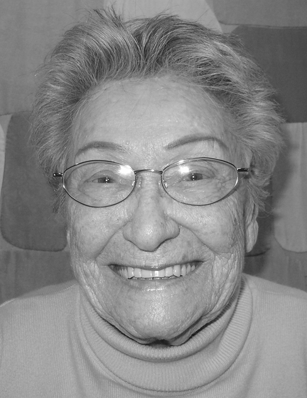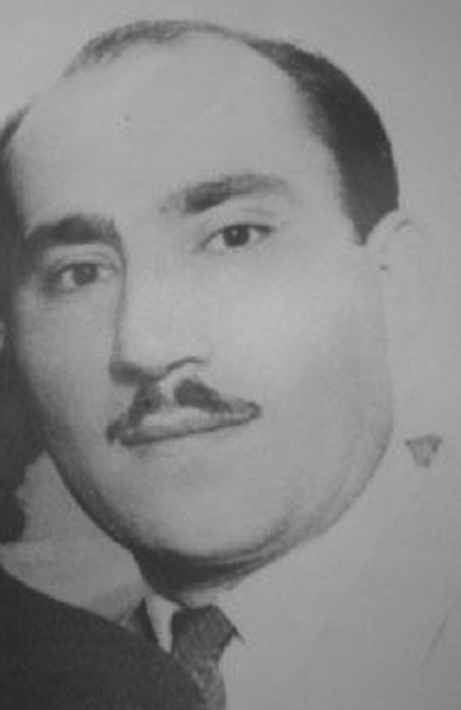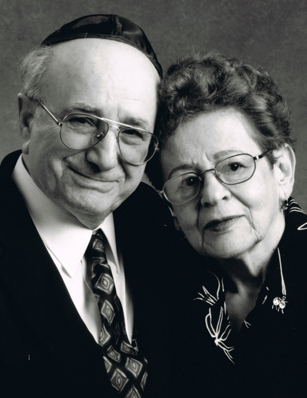Experience: Budapest

|
|
|
|
|
|
|
|
|
|
|

|
|
|
|
|
|
|
|
|
|
|
|
|
|
|
|
|
|
|

|
“Capital of Hungary. The 200,000-member-strong Jewish community of Budapest was first subjected to anti-Jewish legislation in 1938 and 1939, as was the rest of Hungarian Jewry. They also suffered from the expansion of the Hungarian labor service system in 1941.
“Despite this, from the outbreak of World War II in September 1939 to the German occupation of Hungary on March 19, 1944, the Jews of Budapest were generally shielded from Nazi atrocities. Thousands of refugees from Austria, Poland, and Slovakia streamed into Budapest in search of a safe haven. However, when the Nazis invaded, the situation became unbearable very quickly. Despite warnings from various world leaders, the Hungarian regent Miklos Horthy chose to give in to German demands to deport his country's Jews. First, the Gestapo set up a Judenrat (in Hungarian, Zsido Tanacs) under the leadership of Samu Stern. This council was charged with governing the Jews of Budapest and informing Jewish Councils in the provinces about decrees made by the Nazi authorities. Next, Jewish shops were closed down, and many Jews were imprisoned in the Kistarcsa camp. By April 12, 1944, 1,500 Jewish-owned apartments had been taken away to be used by non-Jews.
“At the end of June, instead of being confined to a Ghetto, the Jews of Budapest were transferred to 2,639 buildings, scattered all over the city, which were marked by the Star of David as being for Jews. Some 7,500 Jews were sent to Auschwitz, just before Horthy halted the first wave of deportations. Horthy decided to end the deportations on July 7, mostly as a result of pressure from Western governments. This respite gave the Jews left in Budapest time to consider rescue and escape options. Foreign diplomats sponsored, in part, by the American government's War Refugee Board began setting the stage for the rescue of Budapest's Jews. These included Raoul Wallenberg from Sweden, Carl Lutz from Switzerland, and others. The diplomats often complained to the authorities about their terrible treatment of the Jews and helped Jewish rescue groups supply food, fuel, and medicine to the Jewish community. They also attempted to protect Jews from being deported by giving them "protective passports." Some Jews also obtained false identity papers from the church, while others tried to get deportation exemptions from the government. Those Jews who held protective documents were put under diplomatic protection, and housed in safe residences provided by the diplomats. Often, Jews holding false protective documents - many of which were issued by the Zionist youth movement underground - were also protected by the rescuers.
“In October 1944 the Germans overthrew Horthy's government and gave authority to the ARROW CROSS PARTY. This group of Hungarian fascists quickly embarked upon a reign of terror. During the first few days of their rule, 600 Jews were murdered in Budapest. Next, many Jews were forced to build fortifications. By November 8, deportations were resumed, full steam ahead. On November 13 a ghetto was established and 70,000 Jews were gradually moved in. At the same time, the foreign diplomats set up an "international
ghetto" as a safe haven for those Jews who held protective documents. From November 8 to December 24, nearly 80,000 Jews were sent on a DEATH MARCH toward the Austrian border. The rescuing diplomats followed the columns and removed those Jews with protective passports.
“During December 1944 and January 1945, the Arrow Cross violence increased, and 20,000 Jews were shot and thrown into the Danube River. The Germans planned to liquidate the Budapest Ghetto, but the Soviet army reached the city first, conquering Pest in mid-January and Buda a month later. Some 120,000 Budapest Jews had survived.”
Accessed on July 18, 2011
Accessed on July 18, 2011
— National Archives and Records Administration, College Park, Md.
http://www.ushmm.org/wlc/en/media_ph.php?ModuleId=10005264&MediaId=1004
Accessed on July 18, 2011
Accessed on July 18, 2011
Accessed on July 18, 2011
— Magyar Nemzeti Muzeum Torteneti Fenykepta
http://www.ushmm.org/wlc/en/media_ph.php?ModuleId=10005264&MediaId=1694
Accessed on July 18, 2011
Contact us
thank you!
Your application is successfuly submited. We will contact you as soon as possible
thank you!
Your application is successfuly submited. Check your inbox for future updates.